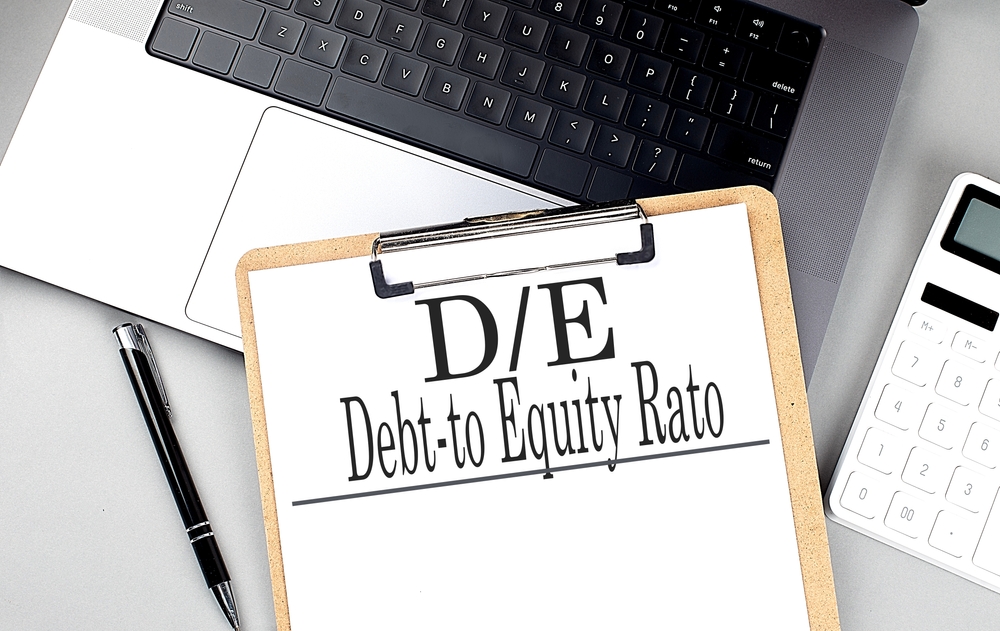





Partner/Owner at Debt Advisors Law Offices
Practice Areas: Chapter 7 Bankruptcy, Chapter 13 Bankruptcy, Stop Foreclosure

Business debt restructuring can help companies increase short-term flexibility and reduce their overall debt load when facing financial difficulties. Discover tips for navigating this process effectively.
| Debt Restructuring | Bankruptcy |
| Renegotiates debt terms | Provides legal protection from creditors |
| Can be less costly and time-consuming | Can be an expensive and lengthy process |
| Allows business to continue operating | May result in loss of control or closure of business |
What is business debt restructuring?
Business debt restructuring is a process that allows a company facing financial hardship and liquidity issues to renegotiate its current debt obligations with creditors.
The goal is to increase short-term flexibility and reduce the overall debt load, improving the company’s chances of avoiding bankruptcy and continuing operations. Debt restructuring can involve modifying payment terms and interest rates or exchanging debt for equity in the company.
Business debt restructuring often emerges as a strategic move for companies aiming to navigate financial challenges and ensure long-term viability. By reorganizing the existing debt obligations, businesses can achieve a more manageable financial structure, paving the way for sustainable growth and stability.
This article explores essential strategies, highlights the importance of understanding legal intricacies, and offers insight into executing a successful business debt restructuring process.
Debt restructuring is a critical financial strategy for entities facing liquidity issues and a high debt burden. This process allows businesses to renegotiate the terms of their existing debt with creditors to improve short-term financial flexibility and reduce the overall debt load.
Techniques include negotiating lower interest rates, extending loan maturities, converting debt to equity, and sometimes, creditors may agree to forgive a portion of the debt.
This approach is vital for preventing bankruptcy, preserving value, and ensuring operational continuity. It requires careful negotiation and a strategic financial plan to be successful.
Engaging with financial and legal experts can help navigate the complexities of this process, ensuring compliance and optimizing outcomes. Ultimately, debt restructuring provides companies with a pathway to regain financial stability and work toward long-term growth.

Corporate debt restructuring is crucial for businesses struggling financially, enabling them to negotiate with creditors to adjust debt terms and avoid bankruptcy. This process might involve reducing interest rates, extending repayment timelines, or lowering the debt principal.
For immediate capital, companies may issue income bonds, which don’t require dividend payments but offer higher interest rates. In the United States, firms can seek Chapter 11 protection, allowing them to operate while renegotiating debt under court supervision.
The court can enforce a fair restructuring plan, even against creditor objections, helping businesses to stabilize and continue operations.
Restructuring debt is vital for businesses facing financial challenges to secure sustainability. A concise, structured approach boosts successful creditor negotiations. Here’s a streamlined guide for effective debt restructuring:
Following these steps helps businesses navigate financial difficulties, maintain operations, and set the stage for growth.
Identifying the root cause of financial strain is essential in debt restructuring. Review all debts, focusing on those with high interest rates or stringent repayment terms, such as demanding suppliers. Pinpointing these critical debts allows for a targeted restructuring effort.
Businesses can effectively navigate toward financial stability by strategically addressing the most burdensome debts and preparing a solid case for renegotiation.
Determining your business’s monthly affordability for debt repayment is crucial for restructuring. Begin with a cash flow analysis to determine the net amount available for debt after covering operating expenses.
If you can allocate 8% or more of your revenue towards debt, self-managed restructuring might be feasible. However, if the figure is less than 8%, it suggests tighter financial conditions, and consulting a professional for debt restructuring is recommended.
This step is fundamental in forming a realistic restructuring plan and deciding on self-management versus professional guidance for better terms and financial stability.
A “hardship letter” is essential in debt restructuring, outlining your business’s need to modify loan terms. This letter should:
Keep the letter honest, professional, and concise, focusing on presenting a clear case for restructuring with the necessary financial evidence.
Negotiating with creditors is essential in debt restructuring, as they’re inclined to agree on new terms to recover their funds. If negotiation seems challenging, consider hiring a debt restructuring firm for expertise and better terms.
Beyond restructuring, options include debt consolidation, refinancing, SBA business loans, or obtaining a business credit line. These alternatives can provide financial relief and support business continuity during tough times, offering a tailored approach to overcoming financial hurdles.
Corporate debt restructuring and bankruptcy are two pathways companies might consider when facing financial difficulties, each with distinct implications and outcomes.
Corporate debt restructuring involves negotiating new terms with creditors to make debt obligations more manageable. This process can significantly reduce a company’s financial strain by adjusting interest rates, extending payment schedules, or even converting debt into equity.
Unlike bankruptcy, restructuring allows businesses to maintain control and potentially avoid the negative stigma associated with filing for bankruptcy. The primary challenge lies in the negotiation process, which can be time-consuming and resource-intensive, requiring multiple discussions with creditors, banks, vendors, and regulatory bodies.

A frequently utilized strategy in corporate debt restructuring is the debt-for-equity swap. Here, creditors may agree to cancel some or all of the company’s debt in exchange for equity shares.
This approach reduces the company’s debt load and provides a means for creditors to recover their investments through ownership stakes. While this can dilute existing shareholders’ interests, it offers a viable route for companies, especially larger ones, to avoid bankruptcy.
Bankruptcy, particularly Chapter 11 in the United States, provides companies with legal protection from creditors while they attempt to reorganize. However, since legislative changes in 2005, the emphasis has shifted towards ensuring debt repayment rather than merely keeping companies operational.
The success rate for businesses filing for Chapter 11 has declined, partially due to these changes. Moreover, bankruptcy can be costly, with substantial legal fees and a lengthy process that can drain a company’s resources and reputation.
While both corporate debt restructuring and bankruptcy aim to address financial distress, they offer different advantages and challenges. Restructuring can be a less public and potentially less expensive way to realign a company’s financial obligations, offering a chance for recovery without the bankruptcy label.
However, significant negotiation and agreement are required from all parties involved. Bankruptcy offers a structured legal framework for reorganization but at the cost of public scrutiny, potential loss of control, and the high expense of legal proceedings.
Corporate debt restructuring is a strategic measure aimed at modifying debt terms to alleviate financial burdens, offering several key advantages for businesses facing challenges:
Restructuring can significantly improve cash flow by renegotiating debt terms such as interest rates and payment schedules, freeing up capital for core operations and growth.
It helps prevent insolvency, allowing businesses to continue operations and work towards financial stability without the severe repercussions of bankruptcy.
The negotiation and communication involved in restructuring facilitate maintaining positive relations with creditors and partners, preserving trust and goodwill.
Restructuring eases financial pressures and allows businesses to adapt and grow, invest in new opportunities, and streamline operations for efficiency.
The process allows businesses to reassess and optimize their operational strategies, leading to a more sustainable and efficient business model.
In essence, corporate debt restructuring helps businesses manage and survive financial challenges and sets the stage for future growth and success.

Business debt restructuring provides a crucial opportunity for companies under financial strain to achieve flexibility, reduce debt, and aim for a brighter future. Tailoring the process to specific business needs, proactive debt management, and effective communication with creditors are key to success.
Immediate action, guided by expert advice, is vital. Professionals can help assess options, negotiate with creditors, and create a strategic plan to navigate financial challenges.
With the right approach and support, businesses can overcome financial hurdles and pave the way for sustained growth and stability. Remember, restructuring is a pathway to transforming challenges into opportunities for strengthening your business.
Are you facing financial hurdles in your business? Debt Advisors can assist with corporate debt restructuring. Our team offers personalized solutions and expert negotiation to tackle business debt challenges. We’ll craft a plan tailored to your business’s needs, handling creditor communications and exploring financing alternatives.
Don’t let debt weigh your business down. Schedule a consultation with our debt restructuring experts. We’re ready to listen, provide answers, and guide you toward making informed financial decisions. Take control of your debt with Debt Advisors and steer your business towards success.

Learn about bankruptcy protections, types of bankruptcy, how to get started, what to expect, and who to trust. Filing bankruptcy is the ONLY way to completely eliminate debt. If bankruptcy is right for you, it offers powerful protections that cannot be achieved through alternative solutions such as hardship relief, loans, or debt settlement.